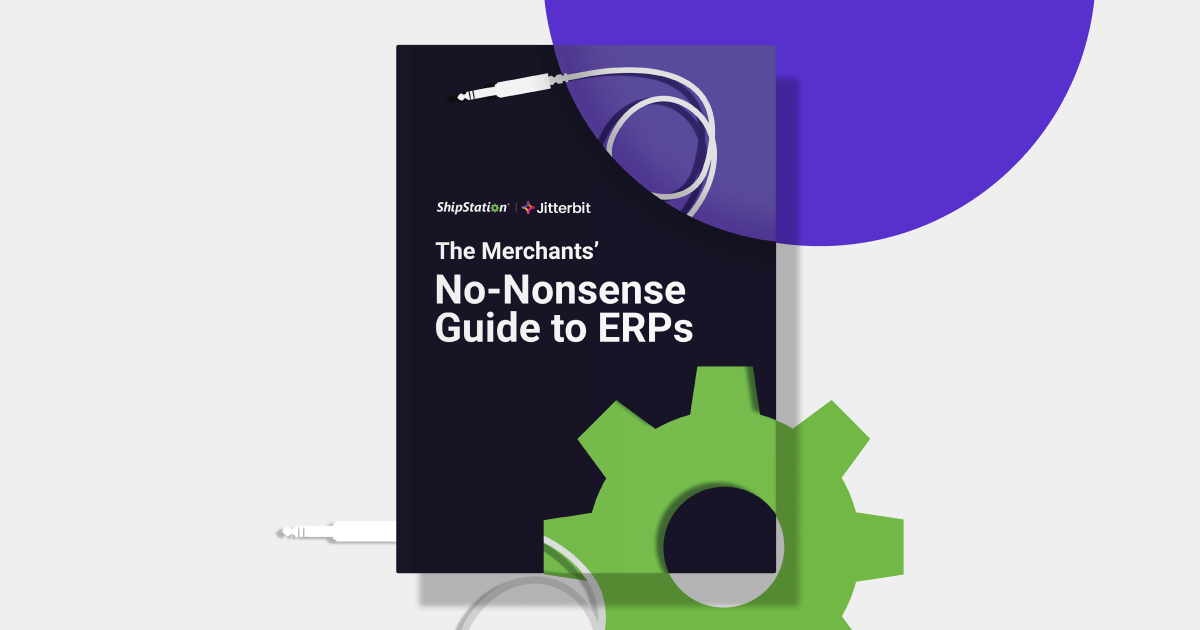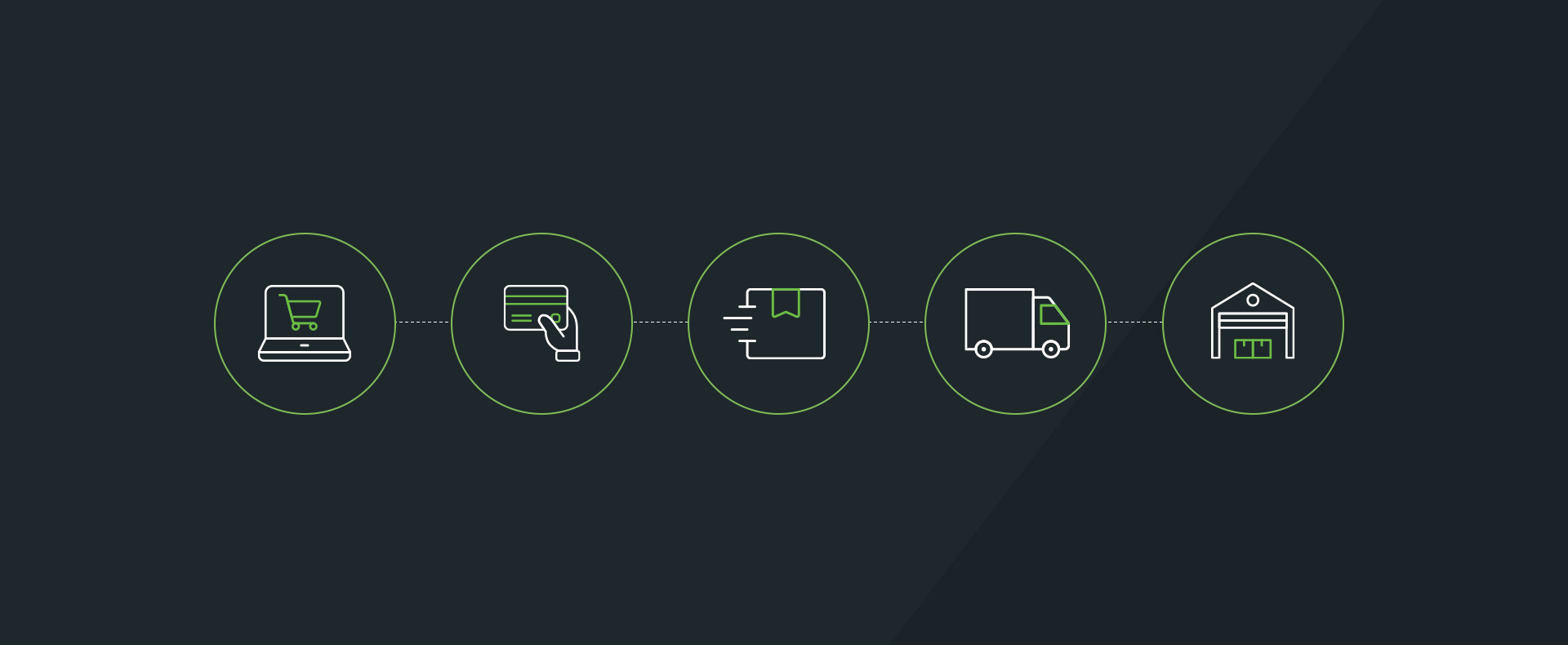6 Holiday Shopping Trends Every Retailer Needs to Know
This article is contributed by Megan Lierley of Stitch Labs.
With the end of summer comes the preparation period for retailers’ busiest time of year. Across the country, retailers are checking their to-do lists twice to ensure they have everything in order for a successful holiday season. As you start to focus your efforts on this critical time, here are some must-know trends to attract shoppers and maximizing holiday profits:
- Online Shopping Continues to Increase in Popularity: Forty-six percent of consumers said they would do their 2015 holiday shopping online; a number that rose 2 percent from 2014. With more retailers adopting omnichannel strategies, we expect that number to rise again in 2016, so it’s wise to focus on optimizing your online presence.
- Customers Want an Omnichannel Experience: With mobile in-store searches up by over 30 percent from last season, you want your brand’s mobile experience to be as frictionless as possible. More frequently, customers are using their phones to look up products, read reviews, and even place orders right in your physical store. It’s important to market to the connected customer and create an omnichannel buying experience.
- Action Buttons Are Critical to Social Media Success: Between 2013 and 2014, referred traffic from social media declined, but increased in 2015 most likely due to the popularity of buy buttons on social sites. Retailers should strategize around action buttons to further increase online traffic for the upcoming holiday season.
- Millennials Are All About Self-Gifting: Last year, MasterCard predicted that millennials would spend 60 percent more than any other age bracket on themselves for the 2015 holiday season. This trend is likely to continue, and on average they’ve set aside 24 percent of their holiday budget for self-gifting. Knowing that millennials are shopping for themselves while simultaneously buying gifts for others, consider bundling and/or offering products in different variations, making it easier for a millennial to pick one out for mom and one for herself.
- Impulse Buys Mean More Returns: Over 16 percent of all returns for 2015 occurred between Black Friday and New Year’s Eve. Of all holiday returns, the most for any given day was on the day after Cyber Monday. Impulse buys can lead to buyer’s remorse, which means more returns for you to manage. Determine your return policies in advance and make sure they are very clear to customers, especially during Black Friday Weekend. Anticipating this increase will help your team be more organized on policy and process for returns.
- Holiday Procrastinators Will Seek Last Minute Gifts: Last year, searches for gift cards peaked on Christmas Eve. Running a flash email or mobile campaign promoting gift cards could be a smart way to take advantage of these last minute searches. Also, ShipStation predicts over 40 percent of holiday purchases will be shipped within the 10 days before Christmas. Knowing that last minute purchases result in last minute shipping, have a plan in place for your team and research well in advance any supporting software or additional manpower you will need come December.
To best prepare for the holiday shopping frenzy, retailers need to understand past years’ data and how they can capitalize on evolving consumer trends. In Stitch Labs’ new report with our partners at ShipStation, Preparing for 2016: Retail Holiday Data Report, we further discuss top consumer holiday shopping habits while providing retailers with tips to help them avoid operational mishaps and increase profitability for a successful holiday sales.





